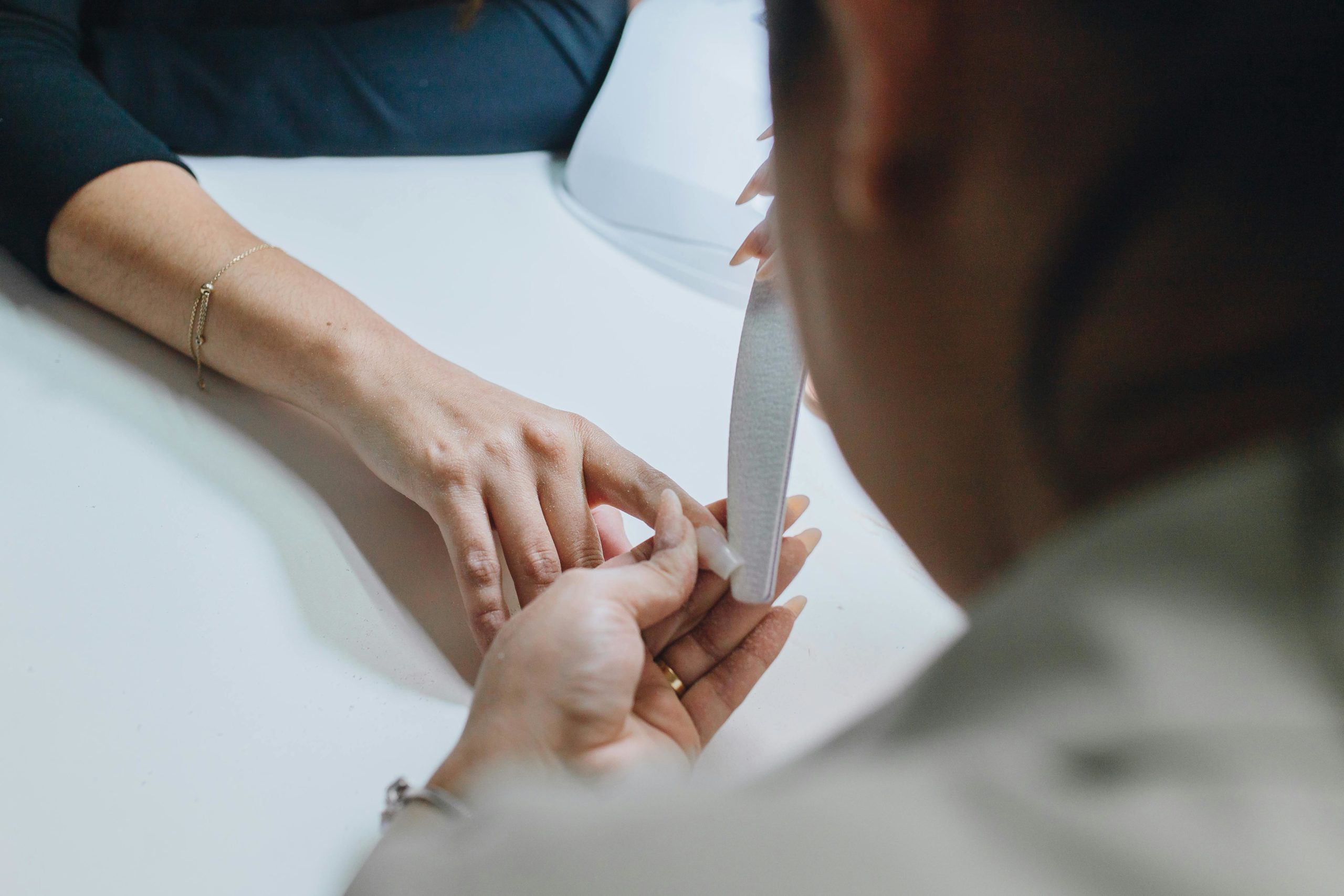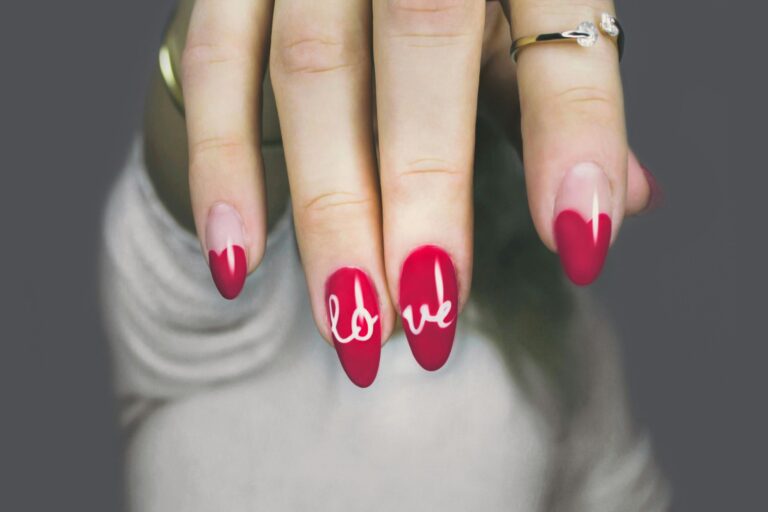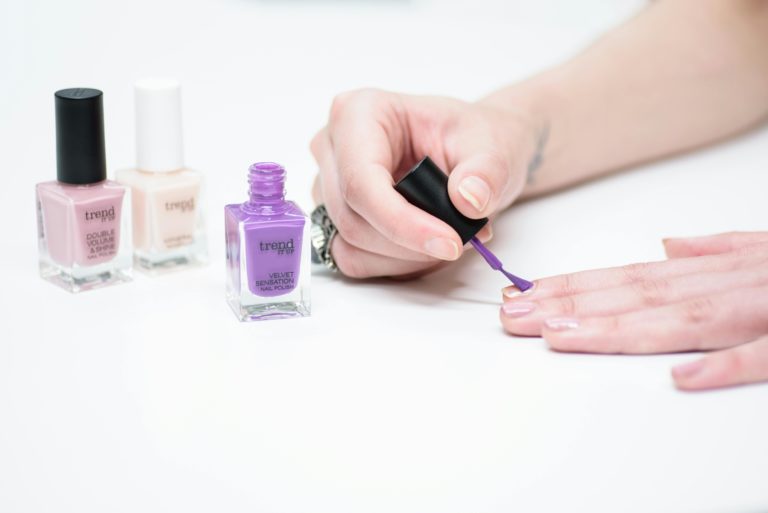Beautifully manicured nails are a timeless symbol of elegance and sophistication. Whether you prefer a natural, understated look or enjoy experimenting with bold colors and designs, well-maintained nails can make a lasting impression. While regular nail maintenance often involves trimming, shaping, and polishing, one essential tool that is sometimes overlooked is the nail buffer.
In this comprehensive guide, we’ll explore the myriad benefits of using a nail buffer as part of your nail care routine. From promoting healthy nail growth to enhancing shine and smoothness, nail buffers offer a range of advantages that can elevate the appearance and health of your nails.
Benefits of Using a Nail Buffer
1. Promotes Healthy Nail Growth
One of the primary benefits of using a nail buffer is its ability to promote healthy nail growth. By gently buffing the surface of the nails, you stimulate blood flow to the nail bed, which can encourage faster, stronger nail growth.
Regular buffing also helps to remove ridges and irregularities on the nail surface, creating a smooth, even base for polish or nail treatments. With consistent use, you’ll notice that your nails grow longer and healthier, with reduced breakage and splitting.
2. Improves Nail Texture
In addition to promoting healthy growth, nail buffers are effective at improving the texture of the nails. Buffing helps to smooth out rough spots, ridges, and imperfections on the nail surface, creating a sleek, polished appearance. This not only enhances the look of natural nails but also provides a smooth canvas for nail polish application. Whether you prefer a glossy finish or a matte look, buffed nails provide the perfect foundation for achieving flawless results.
3. Enhances Shine and Gloss
One of the most noticeable benefits of using a nail buffer is the incredible shine and gloss it imparts to the nails. Buffing helps to smooth the nail surface and stimulate natural oils, resulting in a high-shine finish that rivals the look of salon-quality manicures.
Even without the use of nail polish, buffed nails have a glossy, healthy appearance that adds a touch of glamour to any look. With a quality nail buffer, you can achieve salon-worthy shine in the comfort of your own home.
4. Extends the Life of Nail Polish
If you’re a fan of nail polish, you’ll be delighted to learn that using a nail buffer can actually extend the life of your manicure. By buffing the surface of the nails before applying polish, you create a smooth, even base that allows the polish to adhere more effectively.
This helps to prevent chipping, peeling, and premature wear, resulting in a longer-lasting manicure. Additionally, buffing the nails between polish applications can help to refresh the shine and luster of your manicure, prolonging its lifespan even further.
5. Provides Relaxation and Stress Relief
In addition to its cosmetic benefits, using a nail buffer can also be a therapeutic and relaxing experience. Taking the time to gently buff and polish your nails can help alleviate stress and tension, promoting a sense of calm and relaxation.
Using nail care into your self-care routine can be a simple yet effective way to indulge in a little pampering and me-time. Whether you’re unwinding after a long day or preparing for a special occasion, the ritual of buffing your nails can be a soothing and enjoyable activity.
Conclusion
To conclude, incorporating a nail buffer into your nail care routine offers a multitude of benefits that can enhance the health, appearance, and longevity of your nails. From promoting healthy growth to achieving a smooth, glossy finish, nail buffers are a versatile tool that can elevate your manicure game to new heights. Whether you prefer natural nails or enjoy experimenting with different polish colors and designs, regular buffing can help you achieve flawless results with ease. So why wait? Invest in a quality nail buffer today and experience the transformative power of beautiful nails.
Frequently Asked Questions (FAQs)
1. How often should I use a nail buffer?
For most people, using a nail buffer once or twice a week is sufficient to maintain healthy, beautiful nails. However, if your nails are prone to ridges or roughness, you may choose to buff them more frequently. It’s essential to avoid over-buffing, as this can weaken the nails and cause damage over time. Be gentle and use light pressure when buffing, and always follow up with a nourishing cuticle oil or moisturizer to keep the nails hydrated.
2. Can I use a nail buffer on artificial nails or nail extensions?
While nail buffers can be used on natural nails to promote health and shine, they are not recommended for use on artificial nails or nail extensions. Buffing can cause damage to the surface of acrylic or gel nails, leading to lifting, peeling, or weakening of the enhancements. If you have artificial nails, it’s best to follow the manufacturer’s instructions for maintenance and avoid using a nail buffer to prevent damage.
3. Are there different types of nail buffers available?
Yes, there are several types of nail buffers available, each designed for specific purposes. Traditional nail buffers typically feature multiple sides with varying grits, ranging from coarse to fine. Some buffers may also include a polishing side for achieving a high-shine finish. Additionally, electric nail buffers are available for those who prefer a hands-free buffing experience. Choose a buffer that suits your needs and preferences for best results.
4. Can I buff my nails if they are weak or damaged?
If your nails are weak or damaged, it’s essential to proceed with caution when buffing. Avoid using a coarse-grit buffer, as this can exacerbate existing damage and weaken the nails further. Instead, opt for a fine-grit buffer or a gentle buffing technique to smooth the nail surface without causing additional harm. Additionally, be sure to nourish and protect the nails with a strengthening treatment or moisturizing nail oil to promote healing and resilience.
5. Can I use a nail buffer on toenails?
Yes, nail buffers can be used on toenails as well as fingernails. Buffing the toenails can help to promote healthy growth, smooth out ridges, and enhance shine, just like with fingernails. However, it’s essential to use a separate buffer for toenails to prevent the transfer of bacteria or fungus between the feet and hands. Clean and sanitize your nail buffers regularly to maintain hygiene and prevent the spread of infections.



